Hadrian transformed the Roman Empire through monumental architecture and strategic consolidation. How did his building projects and empire-wide travels shape Rome’s enduring legacy?
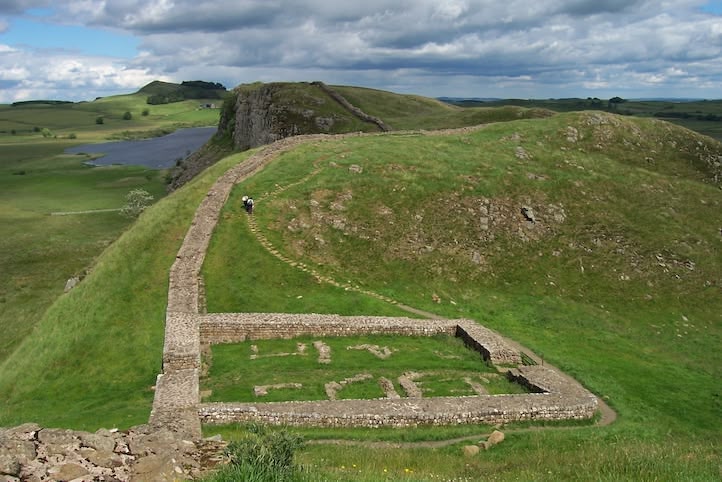
Hadrian’s reign marked a turning point in Roman imperial policy, shifting from expansion to consolidation. His extensive travels across the empire inspired a vast architectural program reflecting both Roman grandeur and Greek aesthetic admiration. The emperor’s projects, including Hadrian’s Wall and the Pantheon in Rome, symbolize his vision to stabilize and culturally unify the empire. This article examines his building achievements, analyzes the rationale behind his policies, engages with historiographical debates, and explores his architectural and political legacies.
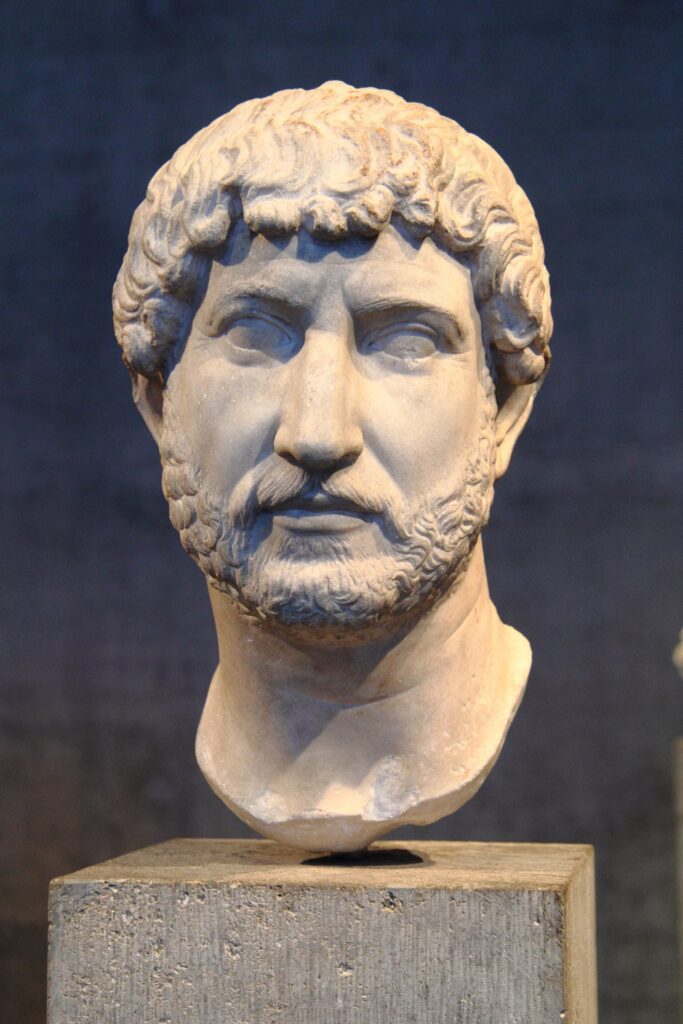
Context and Genesis
Hadrian ascended to power in 117 CE, inheriting an empire stretched to its limits under Trajan. Rejecting further conquest, he focused on defense, cultural integration, and administrative reform. His passion for Greek culture and arts influenced his architectural patronage, while his travels across distant provinces informed his decisions to fortify and upgrade Roman frontiers. The context of Hadrian’s reign is shaped by the need to secure a vast empire through tangible monuments and principled policies that underscored Rome’s permanence rather than its expansion.

Documented Narrative
Hadrian initiated several monumental building projects throughout the empire:
- The Pantheon in Rome, completed by 125 CE, was a masterwork of Roman engineering with its massive concrete dome and oculus, combining Greek and Roman architectural elements.
- Hadrian’s Wall (122–130 CE) in Britain marked the northern frontier, a massive defensive barrier built to control tribal incursions and symbolize the empire’s border.
- The Villa Adriana in Tivoli, a sprawling complex resembling a small city, showcased Hadrian’s experimental architectural vision blending Greek, Egyptian, and Roman influences.
- The Temple of Venus and Roma and other restorations in Rome and Athens emphasized Hadrian’s role both as a protector of tradition and innovator.
Historical Markers
Hadrian’s Wall: 122–130 CE; Pantheon rebuilt c. 118–125 CE; Villa Adriana completed c. 135 CE; Temple of Venus and Roma dedicated 135 CE.
- Debate Highlight: Hadrian—Aesthetic or Politician?
Was Hadrian’s architectural patronage primarily cultural admiration or political strategy? His Greek-influenced tastes sometimes clashed with Roman traditionalists, yet his pragmatic policies ensured the empire’s stability.
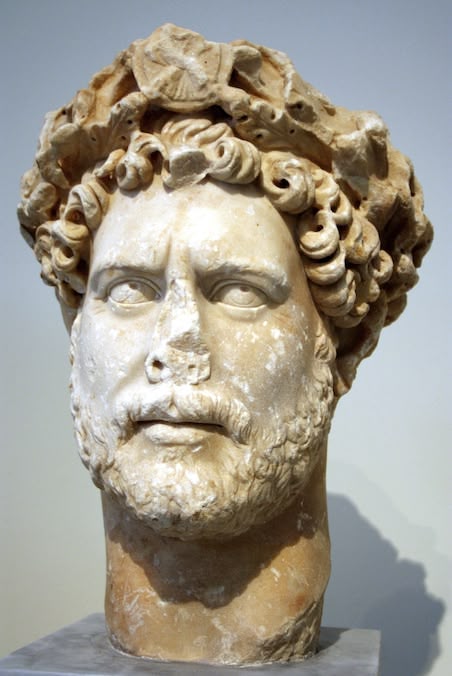
Analysis and Causality
Hadrian’s building program symbolized a shift from imperial expansion to consolidation:
- His architectural projects reinforced political messages of enduring peace and cultural synthesis rather than conquest.
- Fortifications like Hadrian’s Wall reflected a practical strategy to defend costly borders, recognizing limits to Roman military reach.
- The urban and rural architectures, reflecting Greek artistic values, softened cultural divides across diverse provinces.
- His travels served dual purposes—military oversight and cultural diplomacy—informing his architectural patronage and administrative reforms.

Historiographical Debate
Scholars debate Hadrian’s motivations:
- Some emphasize his aesthetic and cultural connoisseurship, painting him as an erudite emperor who aimed to harmonize empire through architecture.
- Others focus on political pragmatism, highlighting his abandonment of Trajan’s expansionist policies as necessary for long-term stability.
- Controversies include interpretations of Hadrian’s relationship to Greek culture (sometimes viewed as excessive) and his suppression of revolts like Bar Kokhba as contradictions of his peace policies.
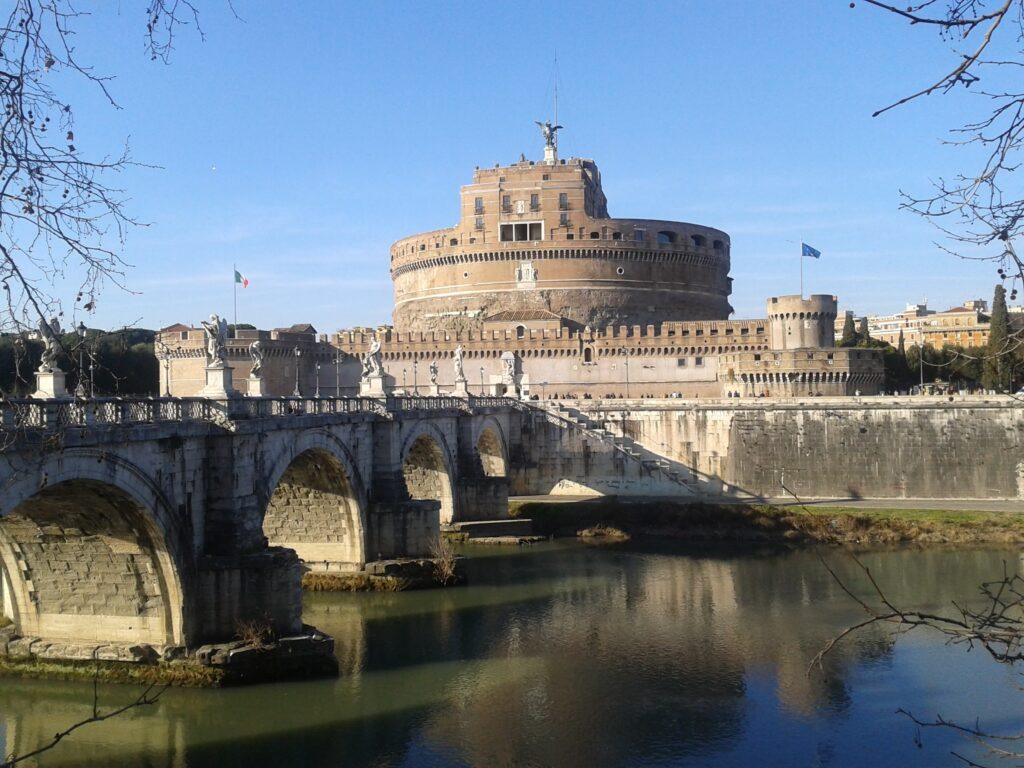
Consequences and Heritage
Hadrian’s reign left a powerful heritage in both stone and policy:
- Hadrian’s Wall stood as a symbol of Roman boundary control for centuries.
- His architectural innovations influenced Renaissance and later architecture worldwide.
- The pattern of consolidation over expansion shaped imperial policy until Rome’s eventual decline.
- Hadrian’s blend of cultural patronage and military prudence set a precedent for future rulers balancing power and peace.
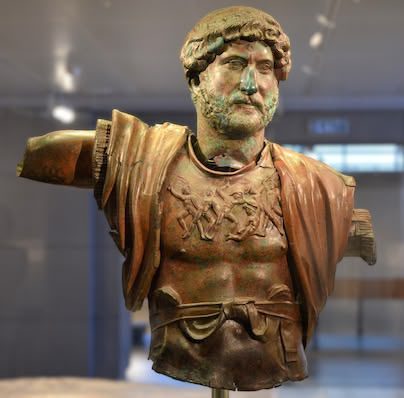
Conclusion Synthesis
Hadrian’s legacy as a builder emperor is inseparable from his role as a consolidator of empire. His architectural achievements remain enduring symbols of Roman ingenuity and cultural synthesis, while his strategic shift to defense over conquest redefined imperial governance. Hadrian’s reign demonstrates the power of architecture not just to impress, but to embody and enforce imperial policy and identity.

Credits/Sources
This article is based on historiographical research and archaeological studies, including works by Tom Dyckoff, Pat Southern, Elena Castillo, and primary sources like the Augustan History. Key sources include Britannica, National Geographic History, and UNESCO cultural heritage documentation.

